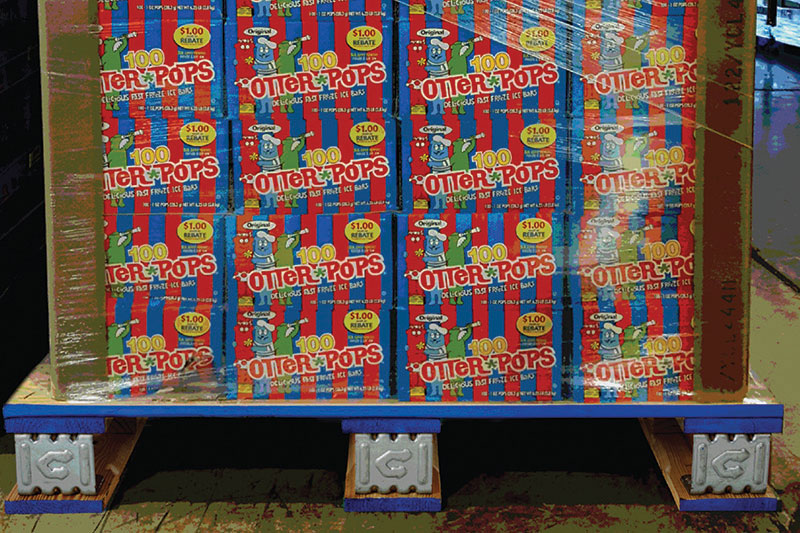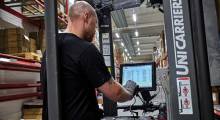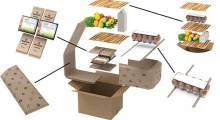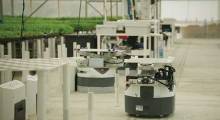Sustainability is a tricky subject. There are just so many different ways to look at it. Not long ago, I did a story for Modern on sustainable packaging. It included reusable and recyclable plastic solutions and single use, recyclable paper and cardboard solutions. At least one supplier of the latter didn’t think anything of the former should be included in the article because it was plastic and by (their) definition was not sustainable. Yes, but…
And, we all know the story that certain municipalities mix together recyclables and garbage and landfill it all. Nothing gets recycled even though many thoughtful people took the time and effort to separate the two.
That said, we all agree that sustainability is worth pursuing. In February, Dow Jones’ Barron’s publication named Brambles the most sustainable company globally. That’s quite a distinction for the parent company of CHEP, pallet supplier to 59 countries.
“The pallet is an enabler,” explains Jason Adlam, vice president of business development at CHEP USA. Ask him to expand and Adlam says wooden pallets are both sustainable and reduce cost. They’re sustainable because they can be reused and recycled. In CHEP’s case, the pallets are part of a circular business model called pooling, which continuously moves pallets through the supply chain again and again and again. Furthermore, these pallets reduce cost because they increase shipping efficiencies and minimize waste.
“That’s a double win. And, people’s understanding of this has accelerated in the past couple of years,” he continues. But, there’s more.
While CHEP has more than 110 million pooled pallets and containers in North America, it has most specifically a line of pooled half pallets that are carbon neutral. The illustration (above) details how a pallet is carbon neutral.
Half pallets not only simplify shipping, but are suitable for in-store display and are retail ready when they arrive. You’ve probably seen them at the grocery store, but may not have realized their importance.
One example is Jel Sert’s Otter Pops on store-ready pallets. These 40 x 24-inch half-pallets weren’t Jel Sert’s first choice, says Adlam. Instead, the company started with full size (48 x 40 inch) pallets. However, the size of the packages didn’t fit well on the full pallets and they often arrived damaged. The product fit much better on the half pallets, he adds.
There’s another benefit, too. Just Jel Sert’s use of these half pallets for Otter Pops and other products will save 230,000 pounds of CO2 emissions annually. Impressive.
In fact, CHEP has a program called Zero Waste World. The idea is threefold: solve packaging challenges, reduce empty transport miles of empty over-the-road trucks, and reduce process inefficiency.
Progress is already being made. The Jel Sert solution is just one example of the first goal. Meanwhile, the target, says Adlam, is to outright eliminate many empty truckloads a year. As to improved process efficiency, an increase of just 4% to 6% in product visibility alone would save $1.9 trillion globally, he says citing a study by Cisco.
When you hear numbers like these, who knows how big this sustainability thing could be.
Article topics









